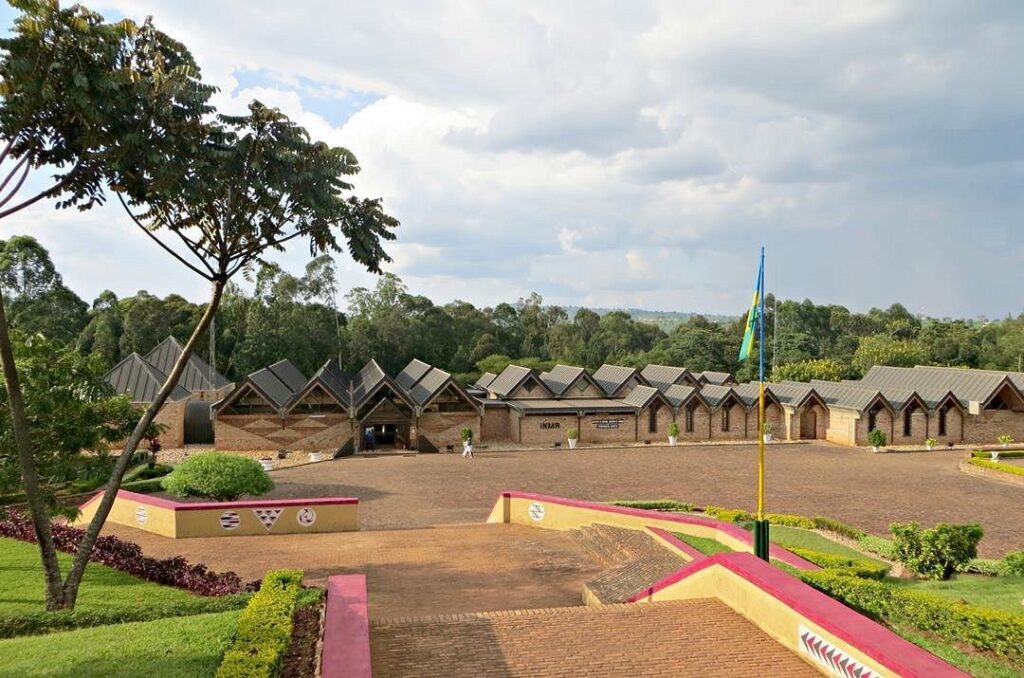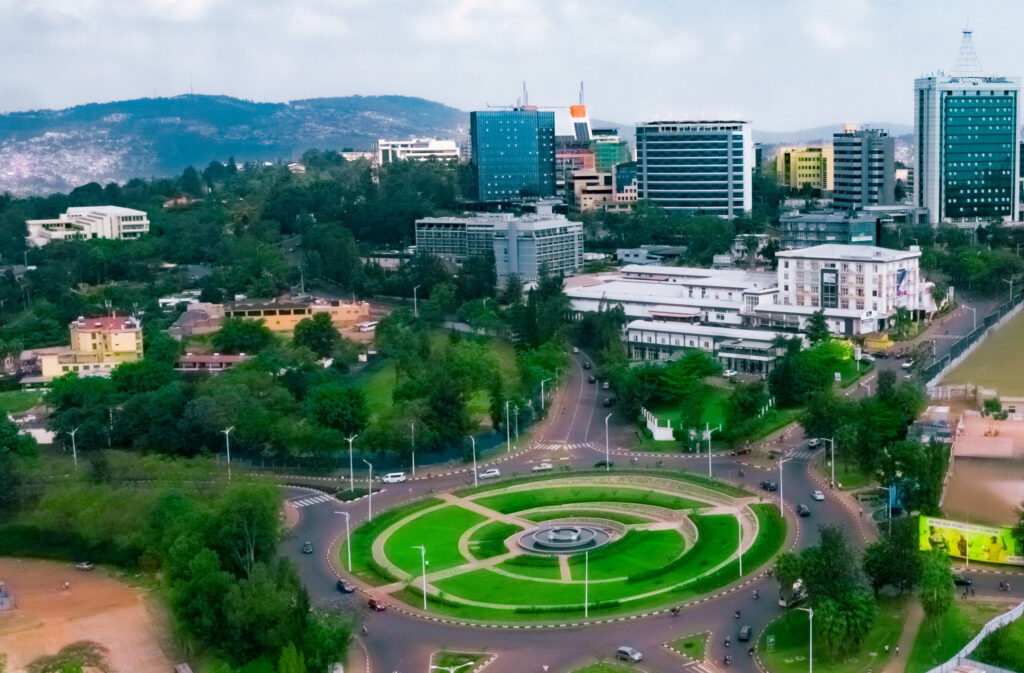VISIT RWANDA
When it comes to things to do in Rwanda, nearly every tourist has one activity at the top of their itinerary: gorilla trekking. The mystique of getting up close to creatures who share 99 percent of our DNA captivates travelers from around the world, and there’s no better place than Rwanda to do it. The country has made serious strides in conservation to protect the animals.
Nature lovers can go on safari in Akagera National Park and get a bird’s-eye view of Nyungwe Forest from a canopy walk. If you’re interested in culture, check out the fascinating exhibits on traditional customs and beliefs at Rwanda’s Ethnographic Museum. Don’t miss the royal cows (and the singers who croon to them) at the King’s Palace Museum.
Make the most of your experience with our list of the top tourist attractions in Rwanda.

Kigali Genocide Memorial
It’s hard to imagine that just a couple of decades ago, Rwanda was in the midst of a horrific genocide that would leave more than 800,000 people dead in just 100 days. The country has come a long way from the devastating massacre, but the impact of this relatively recent history has left its mark on the lives of everyday people and generations to come.
Tourists can learn about this horrific event at the Kigali Genocide Memorial. The haunting museum dives into the timeline that led to the 1994 genocide, bringing the horrors to life through halls of photographs, artifacts, and information. The main exhibit hall wraps around poignant sculptures and features stained-glass windows that cast a hopeful glow on the space.
The museum also includes an emotionally charged Children’s Room dedicated to the youngest victims of the genocide. It keeps their memory alive through oversize portraits of the children, some of whom were just infants when they were killed, and personal details about the victims, like their nicknames and favorite books.
While heartbreaking, visiting the Kigali Genocide Memorial is an important part of being a responsible tourist in Rwanda. Give yourself time to contemplate the experience and have a moment of silence for the 250,000 victims interred at this site at the memorial’s Gardens of Reflection.

King’s Palace Museum
If the country’s impassioned conservation efforts don’t convince you that Rwandans have a reverence for animals, a visit to the King’s Palace Museum certainly will. The star attraction at the museum (one of Rwanda’s eight national museums) are the inyambo (sacred cows) and their staggeringly large horns. Throughout the day, traditional singers lull the cows into a mellow state by belting poems—a ritual that’s unique to Rwanda.
The museum itself is just as interesting as the four-legged creatures out back. It showcases a replica of a king’s palace from the 15th century with a thatched roof, royal hut, and fresh milk hut traditionally run by an unmarried woman.
Tourists can also explore the colonial-style home that was once the royal residence of King Mutara III Rudahigwa in the mid 20th century. The interior design is particularly striking, blending Rwandan patterns with European-style furniture (some of which was actually owned by the king).

Ethnographic Museum
One of Africa’s best collections of ethnological and archeological artifacts can be found in Rwanda’s Ethnographic Museum, located about 130 kilometers south of Kigali in the district of Huye. Belgium gifted the museum to the city in 1989 in honor of the 25th anniversary of Rwandan’s independence.
The Ethnographic Museum’s seven galleries take tourists back in time to precolonial Rwanda. You’ll see an impressive collection of woven baskets, traditional garments made from animal hides and woven grass, spears and bows, musical drums from hundreds of years ago, and old farming tools.
Tourists can step inside an authentic royal home and learn how it was constructed. The museum also hosts live handicraft demonstrations.

Gorilla Guardians Village
Volcanoes National Park isn’t just a place to see gorillas—it’s also a prime spot to immerse yourself in Rwandan culture at Gorilla Guardians Village. Run by reformed poachers, the non-profit cultural village gives tourists the chance to try their hand at Rwanda’s most famous crafts and activities.
You’ll learn how to carry a basket on your head (like the Rwandan women do), weave your own baskets, shoot an arrow, and grind grains with a heavy stone. The enthusiastic guides make the entire experience feel like a big party.
It’s worth sticking around for the intore dance recitals at Gorilla Guardians Village. The traditional dancers, decked out with long straw wigs and skirts, put on an exciting show to the beat of rhythmic drumming. You’ll be up and dancing with them before you know it.

Explore Kigali
Many travelers spend only a night in Kigali before gorilla trekking, missing out on the vibrant culture, cuisine, and sightseeing in Rwanda’s capital city. Plan to spend at least a few days here at the beginning or end of your trip.
Stock up on bespoke clothes from swirling patterned textiles and experience the energetic atmosphere at Kimironko Market, Kigali’s largest marketplace. The warehouse space is like a maze, with surprises around every corner.
Then, check out Kigali’s creative scene at Inema Arts Center, a gallery that showcases the works of up to 10 local artists in residence. Make your way to the Rwanda Art Museum at the former Presidential Palace. It displays some of the finest contemporary pieces from Rwanda and nearby regions. You can also see debris from the presidential aircraft that crashed in 1994.
Finally, wind down with a succulent meal at one of Kigali’s great restaurants. Le Panorama Restaurant at Hôtel des Mille Collines offers dazzling views of the city, along with a diverse menu of local and international favorites.
